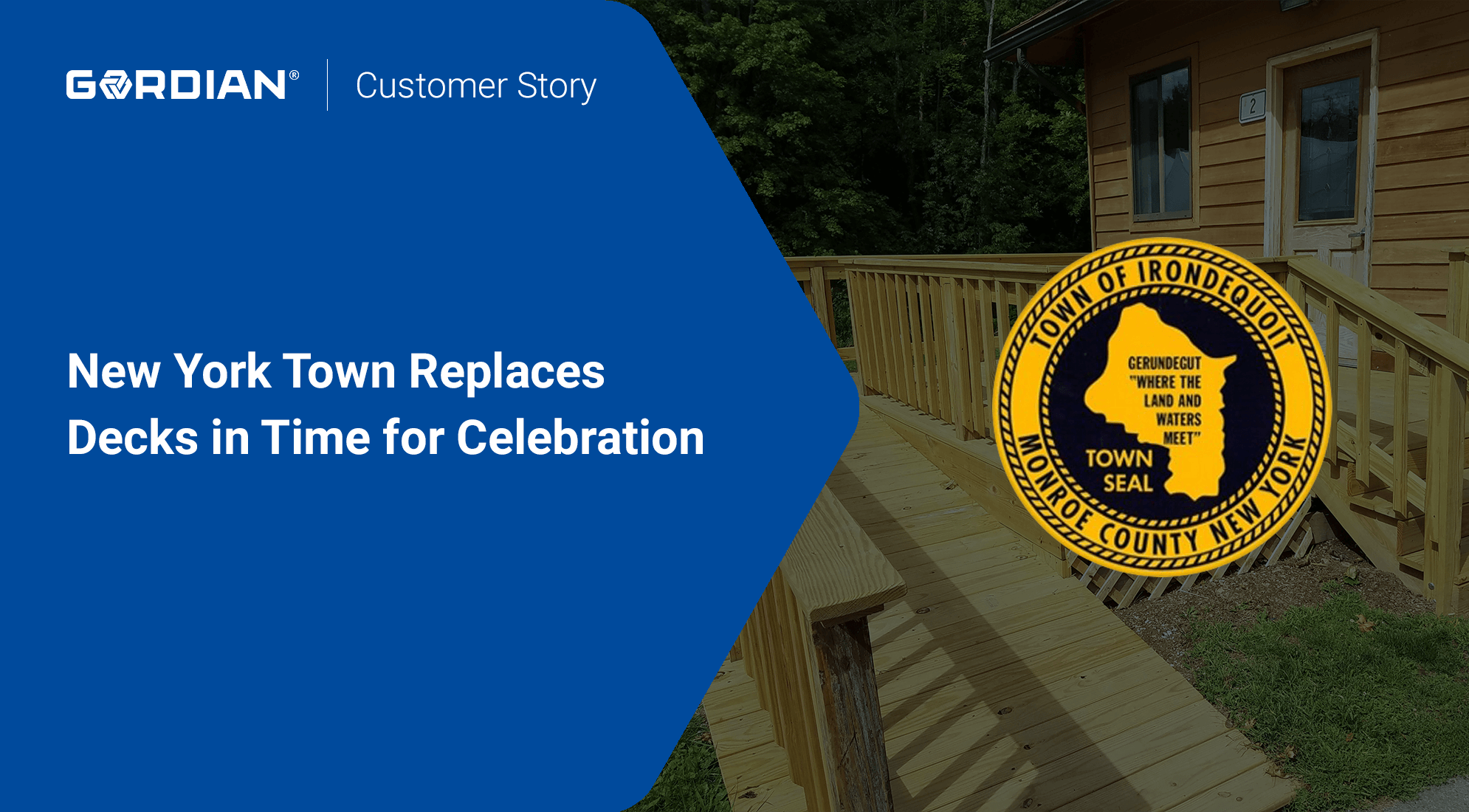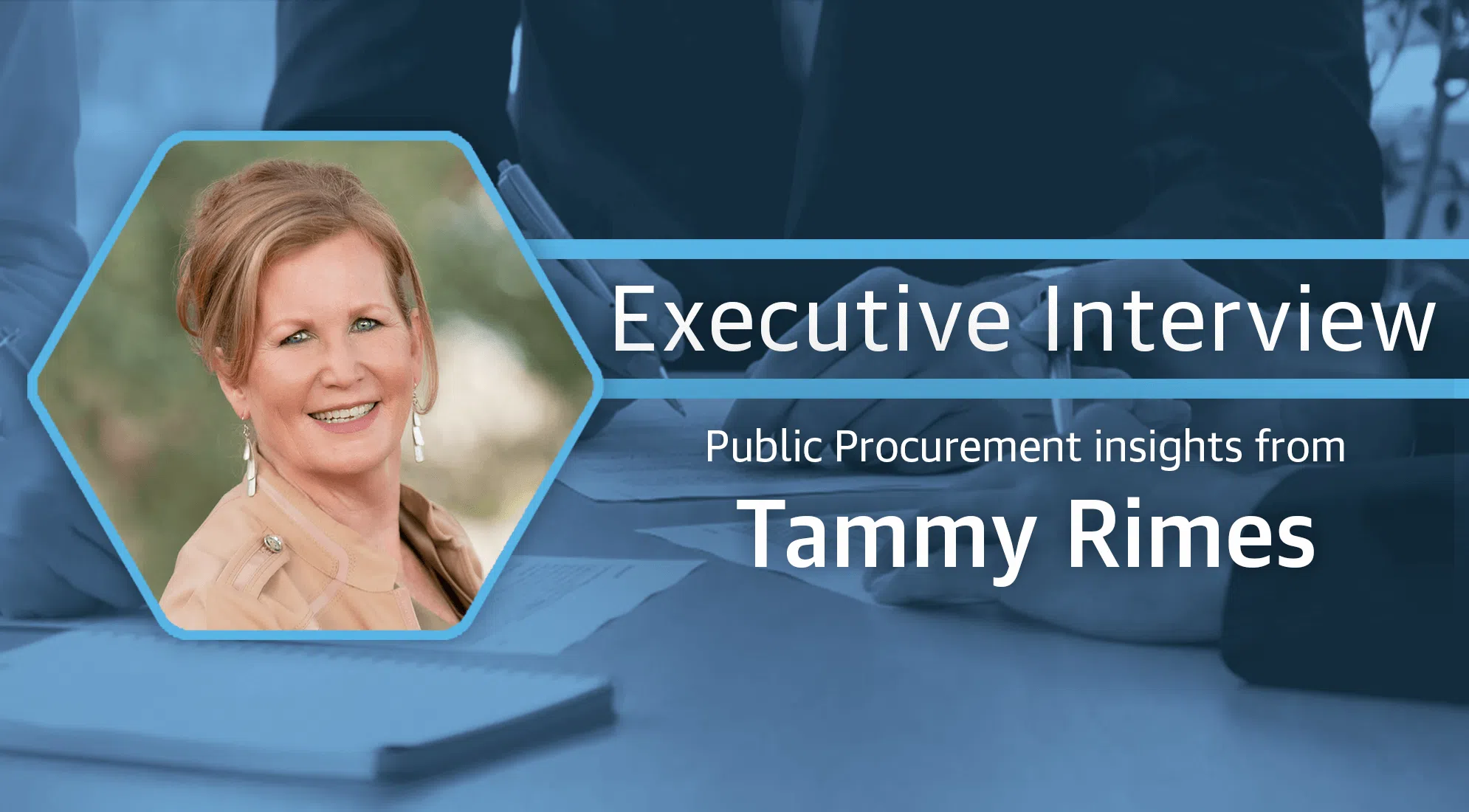With the warmer weather and the longer days, summer is the ideal season for construction. Though it may still feel like winter where they are, city, county and state government officials need to be thinking months ahead and preparing for summer projects. Here are some things to consider and actions public sector professionals can take now in construction project planning to ensure their summer projects succeed.
1. Start With the End in Mind
This is the first step a public official should make before beginning any project. It’s critical to define desired outcomes and clear objectives to establish measurable standards of success that all stakeholders agree with. Once everyone is on board, one can build a timeframe for project completion.
2. Research Grant Opportunities
We’ve heard it over and over again in our Executive Interview series: Government agencies are expected to provide the same level of service with fewer financial resources. Grants can be a big help. We suggest bookmarking grants.gov, a website with a ton of information on available grants, grant eligibility and grant reporting—they even have an app. Keep in mind, grant funding comes with strings attached, so civil servants should evaluate every opportunity thoroughly. Here’s a tip from Lynn Sadosky, Director of Public Works for the Town of North Haven, Connecticut.
“If a project is funded through a grant, there may be restrictions on how a project is completed. For example, some grant oversight agencies might have rules about how a project goes out to bid.”
Similar opportunities are presented by recent federal funding packages, like the American Rescue Plan and, for public schools looking to make SEL (social, emotional learning) updates to classrooms, ESSER funding. Researching these funding sources and how they can be used should be an early step in your preparation.
3. Consider Procurement Options
Summer is the busy season for contractors. Government purchasing and procurement officers may have to get creative to entice their preferred contractors to take on their projects.
Theresa Bauccio-Teschlog, Purchasing Manager for the City of Everett, Washington explains what her department is doing to make public projects more appealing. “We’re looking into how to bundle projects to make them more attractive. We’re also intentional about when we send projects out for bid. Timing matters. Contractors are busy building during the spring and summer, so we have to get out to bid in the winter. It’s all about creativity.”
Another way to attract a qualified contractor to a public project is to use Job Order Contracting (JOC), an IDIQ project delivery method. JOC contractors’ future work opportunities are tied directly to their performance — when they do quality work, they are more likely to be awarded more work — so they have a meaningful incentive to deliver an excellent project on time.
Interested in learning more about Job Order Contracting, JOC programs available through cooperatives or how you can utilize alternative procurement to make the most of different funding sources? Contact us here to start a conversation with one of our procurement experts!
4. Review All Documents for Clarity and Audience
It’s easy to spend so much time in the details of a construction project that you get too close to it. This tunnel vision can make it difficult to clearly articulate plans and needs to colleagues and vendors. Seeing paperwork for what it looks like to someone else is incredibly difficult, but it’s also necessary, especially when it comes to the Scope of Work. Public officials should review documents from the audience’s perspective or ask a colleague to look at them before they are submitted.
Here’s a tip about document organization from Theresa Bauccio-Teschlog, “Place information that is important to the reader early in the document so he or she doesn’t have to go searching for it. For example, in a solicitation document what information is most important to the supplier? Bid due time? The time and date of the walk through? The estimated length of the project or contract? Lead with that information.”
5. Plan for the Worst
Even the best-planned projects carry some risk. Things happen. The budget might get cut or funding might get diverted. The contractor might not hit your deadlines. Prolonged summer storms could disrupt a project. Government project owners must be ready. They can do that by identifying potential risks months before the project begins and creating contingency plans for each risk. They may not need any of those contingencies, but if they have them, they’ll be able to respond when things go awry.
Even if cold snaps are still moving across the nation, summer starts now for state and local government officials planning construction projects. By planning backward from the end with their goals in mind, researching grant opportunities and procurement options, being sticklers for clarity and creating contingency plans, they can help ensure their projects are successful.






